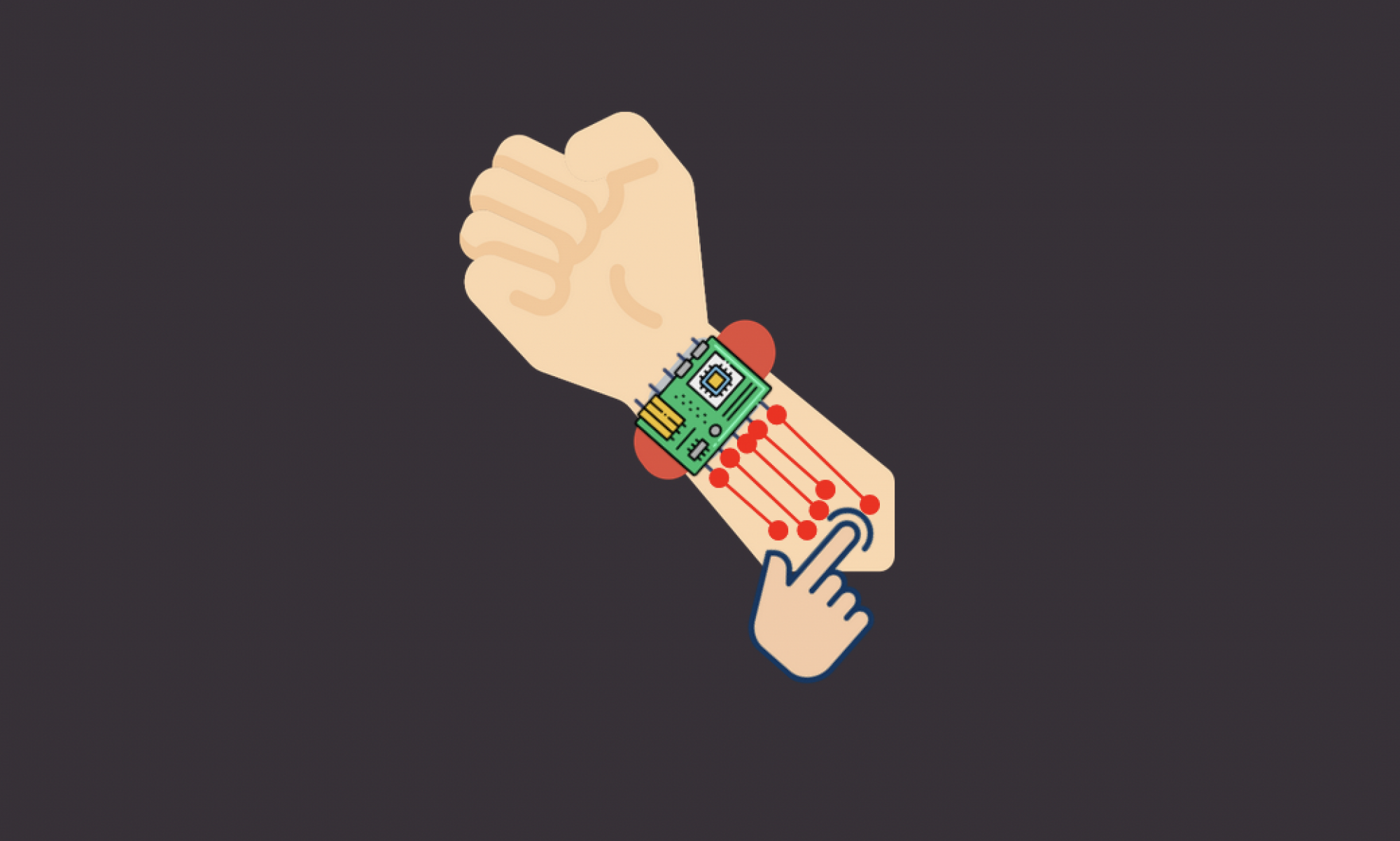This week was a grind week for the team. We tried many different algorithms for determining what gesture is occurring. There are two things I tried this week:
- We queue 5 data points of what fingers are currently being detected. From there, we determine what gesture is occurring. If there are at least 4 occurrences of the number of fingers, then the gesture will be classified as such (0 for noise/rest, 1 for swipes, and 2 for pinches). If the number of fingers goes from 1 to 2, then the gesture is a pinch out, and if the vice versa occurs, then the gesture is pinch in. I set up a few cases that took care of the noise, but ultimately, it still caused a lot of errors. The frequency of data collection is too low; a gesture can range from 2-10 gestures. However, the number of fingers detected before or after the gesture can affect the window of 5 and yield an inaccurate result.
2. I tried using time series classification library called sktime: https://sktime.org/. This library is really cool because I can give the model a set of inputs over time and across different classifications, and the model can predict what class an time series data belongs too. Splitting the new arm data into training and testing, I was able to create a model with 92% accuracy, and this model is able to distinguish between pinch in, pinch out, rest, swipe left, and swipe right. However, this model would need 24 data points in advance, and as discussed before, there aren’t that many data points associated with a gesture, and with this model, we would have to predict the gesture a considerable amount of time before performing the gesture.
As a team, we’ve decided to work on different implementations until Sunday, then make a final decision on what algorithm we should select. It comes down to a tradeoff between accuracy and latency, both important metrics for our device.
I also helped Joanne with building a bigger hologram pyramid this weekend. We decided to hold off on casing until we determine the final height of the pyramid, which we’ve also decided to do a bit more exploring with.
Currently, I am a bit behind on schedule, but whatever tasks that are remaining in development and testing has to be accomplished this week as our final presentation is due next week. Everything essentially has to be done, so I’m in a bit of panic, but I have faith in Tony, Holly, and our team.
